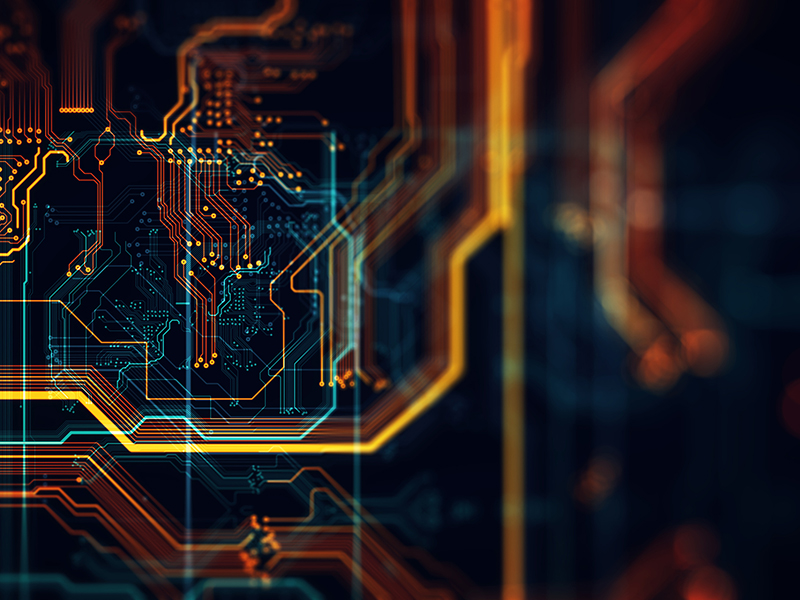The transportation industry has come a long way since the invention of the wheel. We have witnessed the rise of cars, trains, airplanes, and boats. In recent years, there has been a lot of excitement about two new forms of transportation: autonomous vehicles and drones. Both of these innovations have the potential to revolutionize how we transport goods and people.

Autonomous vehicles, also known as self-driving cars, use advanced sensors, cameras, and artificial intelligence to navigate roads without any human intervention. This technology has been in development for several years, with major car manufacturers and tech companies such as Waymo (a subsidiary of Alphabet, Google’s parent company), Tesla, and Uber investing heavily in it. The primary goal of autonomous vehicles is to reduce accidents caused by human error, which is the leading cause of traffic accidents globally.
These cars can also potentially reduce traffic congestion, as they are programmed to drive more efficiently and avoid accidents that cause backups. Additionally, self-driving cars can be used as a more convenient mode of transportation for people who cannot drive, such as the elderly and disabled.
However, as with any new technology, there are challenges to overcome before autonomous vehicles can become mainstream. One of the most significant challenges is perfecting the technology to be safe and reliable in all situations. While autonomous vehicles have come a long way in recent years, there have been several accidents involving them, indicating that there is still room for improvement.
Another innovation in transportation that is gaining traction is the use of drones. Drones, also known as unmanned aerial vehicles (UAVs), have traditionally been used for military purposes, but in recent years, they have also been used for various civilian purposes, such as delivering packages, taking photos and videos, and even monitoring wildlife.

Drone technology has evolved significantly in recent years, with drones becoming smaller, more durable, and capable of carrying heavier payloads. The potential for drones in the transportation industry is vast. They can be used for delivering medical supplies to remote areas, monitoring traffic, and even transporting people.
However, there are regulatory hurdles that need to be addressed before drones can be used on a large scale. Governments around the world are trying to come up with rules and guidelines for the use of drones to ensure their safe and responsible operation. Additionally, there is concern about privacy violations and security threats posed by drones.
The future of transportation is exciting and full of possibilities. Autonomous vehicles and drones are just two examples of the innovations that could revolutionize the way we move people and goods. While there are challenges to overcome, the potential benefits of these technologies are too significant to ignore. As such, it is essential for industry leaders, governments, and stakeholders to work together to ensure that these innovations are developed and implemented safely and responsibly.




